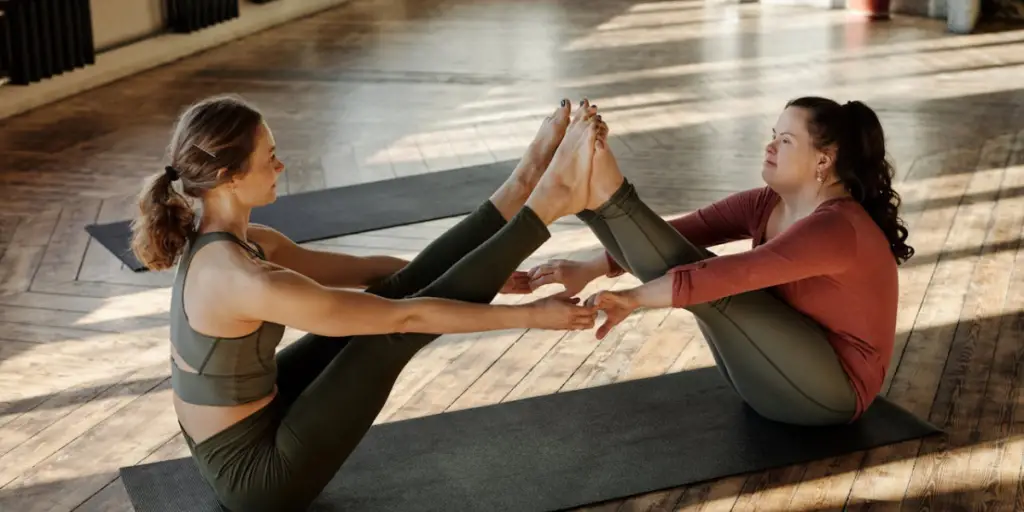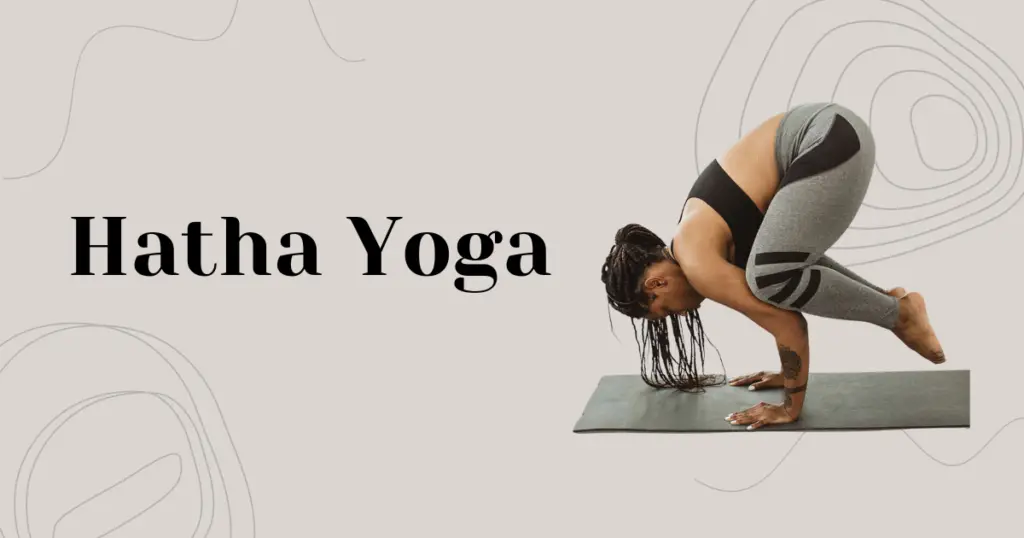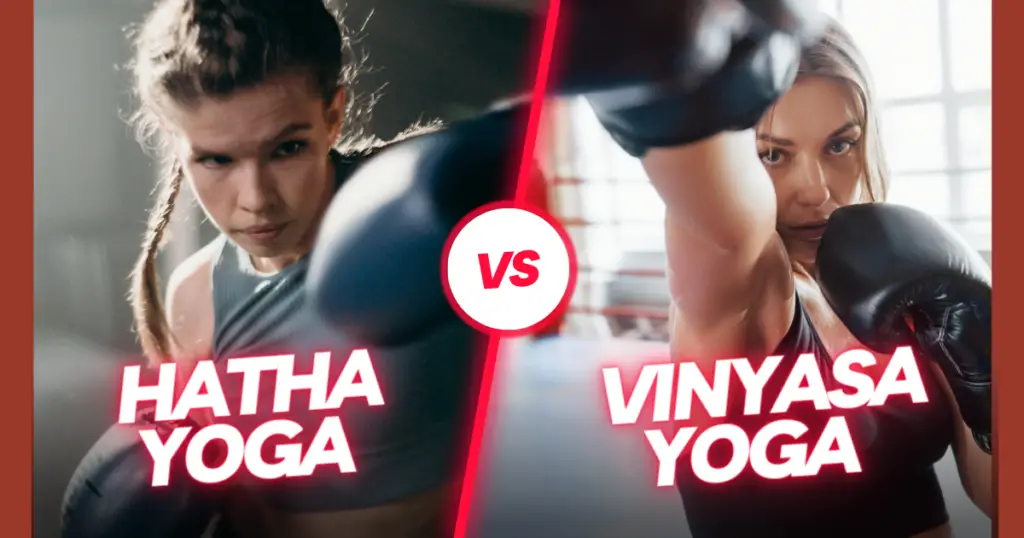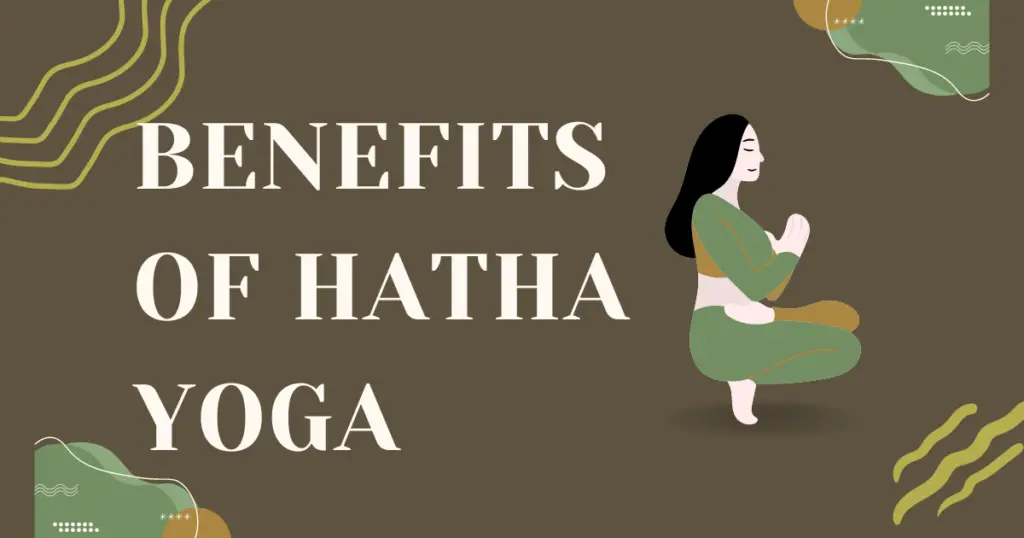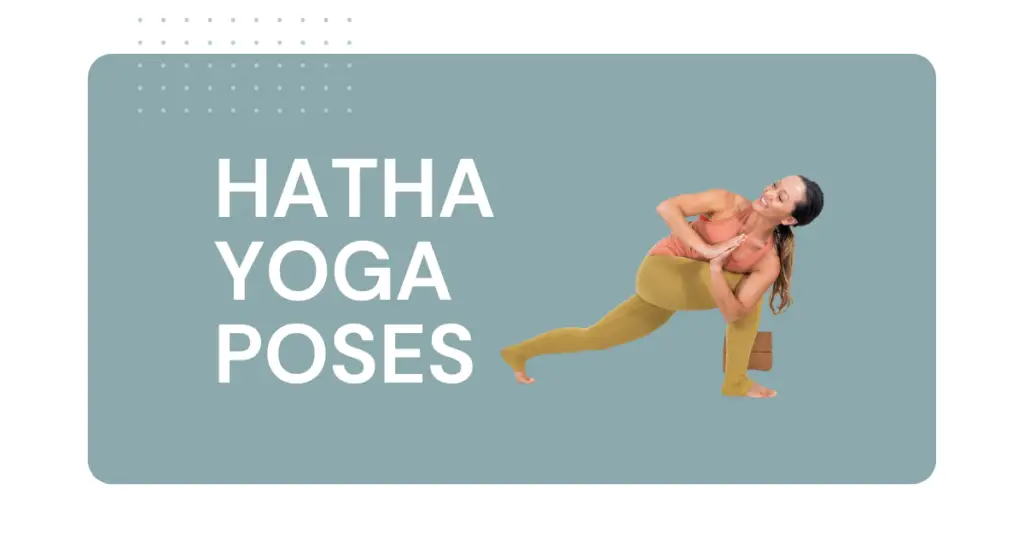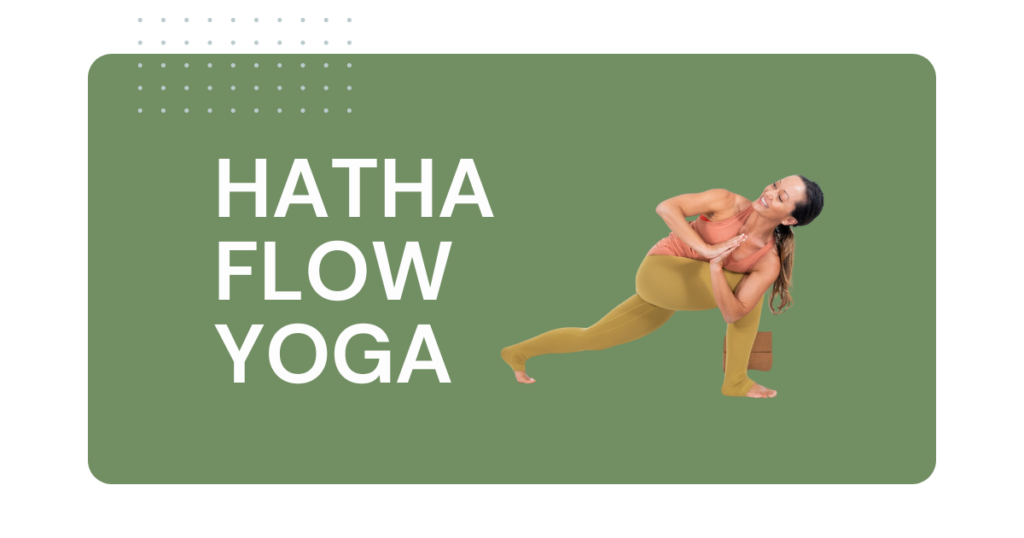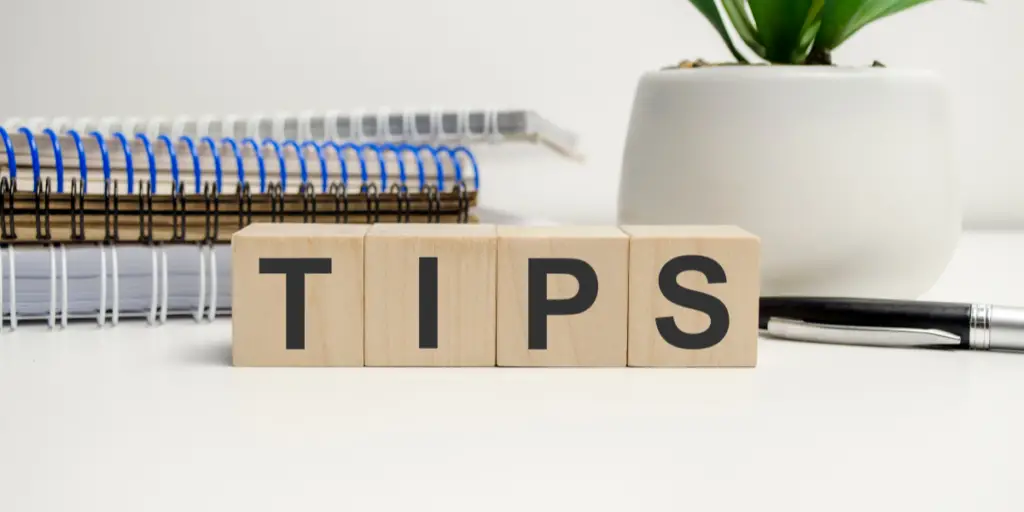
Introduction
Should you want to start doing yoga regularly but are scared of the more difficult poses, hatha yoga is the best way to start. This style is both soft and strong. It focuses on synchronizing breathing (pranayama) with physical poses (asanas) to bring the mind and body into balance. Hatha yoga is a simple way for people who are new to yoga to experience its many benefits. “Beginner Hatha Yoga Sequence”
The basic poses in hatha yoga are broken down into an easy-to-follow pattern in this step-by-step guide for beginners. There are changes and tips for each pose so you can go at your own pace, even if you’ve never been on a yoga mat before. The slower moves and focus on being aware of your breath make for a very relaxing experience for both mind and body.
Why do you want to start hatha yoga? Many studies have shown that yoga can improve your physical, social, and emotional health. Some important benefits of Hatha are:
Physical
Mental
Emotional
With regular practice, the union of movement, breath, and present-moment awareness from hatha yoga can have profound impacts. So unroll your mat and let’s get started mastering the basics!
Table of Contents
What is Hatha Yoga?
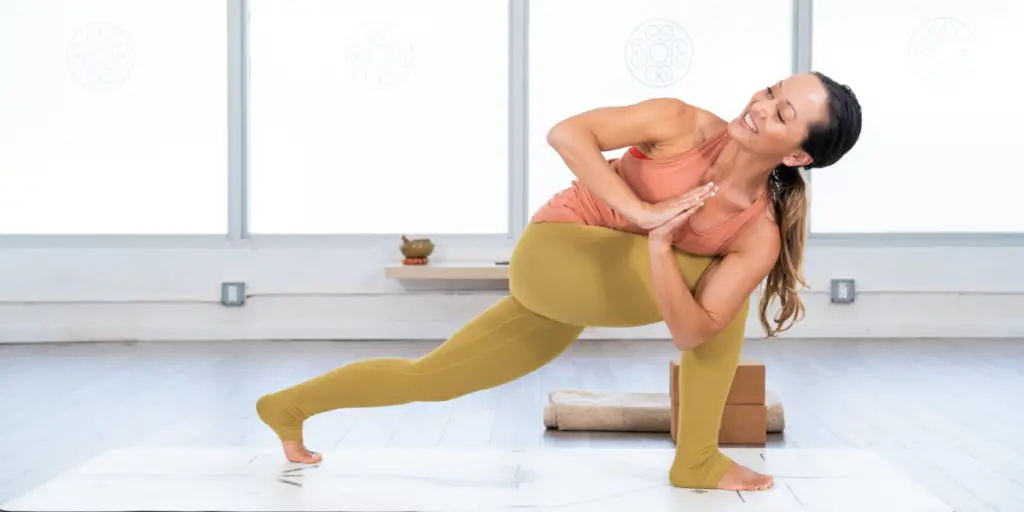
Hatha yoga is one of the most well-known and widely practiced types of yoga, especially among people who are new to yoga. The word “hatha” comes from the Sanskrit words “ha” which means “sun” and “the” which means “moon.” This shows how differences can come together to create balance and peace.
At its core, hatha combines two main practices:
This bringing together of mind and body is what hatha yoga is all about. By making the body stronger, more durable, and more poised, the asanas get the body ready for meditation. When you move in time with your breath, your mind calms down and you become more aware of yourself.
Hatha yoga includes all the basic poses, but it focuses on balance over strength. It’s a great style for newbies to build a strong base because it moves more slowly and focuses on form. With more difficult routines, more advanced hatha practices like Ashtanga build on these same ideas.
You’ll find hatha yoga to be less intense and more manageable than hot or flow yoga. But don’t be fooled—even easy hatha poses can be very healing and satisfying if they are done slowly and carefully.
Benefits of Beginner Hatha Yoga
Starting a regular hatha yoga routine can be tremendously advantageous for overall health and well-being at any age or level. Here are some of the top benefits beginners can expect:
Enhanced Flexibility and Mobility The asanas and stretches gradually loosen up tight muscles and increase the range of motion in the joints. Over time, this can improve overall functional mobility.
Sounds good, here is the next section:
Increased Muscle Tone and Strength While not as strenuous as some other yoga styles, hatha still incorporates plenty of poses that build strength, especially in the core. Holding poses isometrically also improves muscular endurance.
Better Posture and Balance Hatha’s emphasis on body awareness and alignment helps correct imbalances and develop better posture habits. Balance-focused poses also improve stability and prevent falls.
Reduced Stress and Anxiety The rhythmic breathing, meditation, and mindfulness elements in hatha trigger the body’s relaxation response. This counters the effects of the stress hormone cortisol.
Enhanced Mind-Body Awareness Tuning into the breath and mindfully flowing through poses cultivates a sense of being fully present in the moment. This allows you to become more attuned to your body’s sensations.
Low-intensity and Beginner-Friendly Hatha is relatively gentle compared to more vigorous styles like power yoga or hot yoga. This makes it ideal for beginners, those with injuries, or anyone looking for a softer, relaxing practice.
The slower pace of hatha may seem deceivingly simple, but the mindful integration of breath, postures, and focus can provide a complete workout for the body, mind, and spirit. It’s the perfect style for beginners to ease into yoga.
Setting Up for Your Hatha Practice
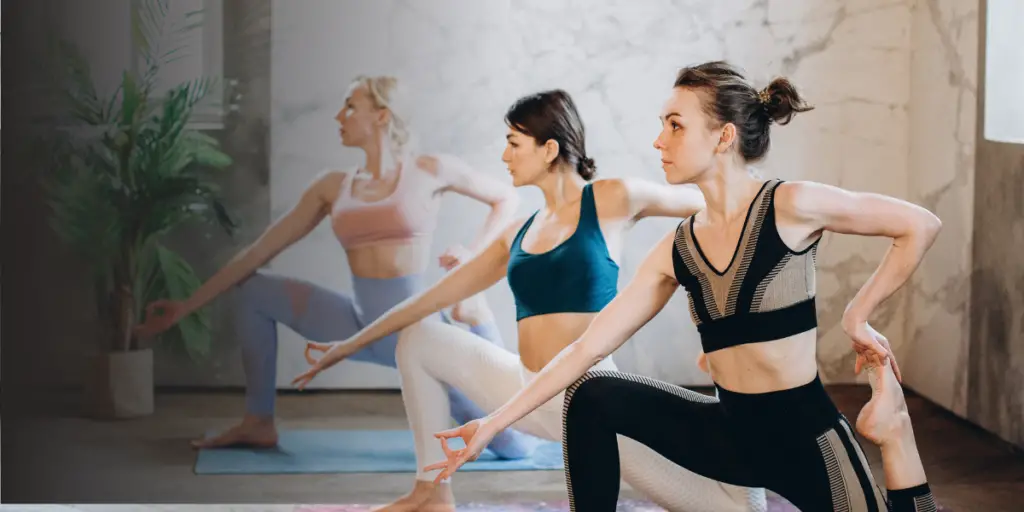
Before starting your hatha yoga flow, there are a few tips to optimize your practice space and mindset:
Create a Calming Space
Gather Your Supplies
Comfortable Clothing
Practice Mindfulness
Breath Awareness
With the right peaceful environment and mindset, you’ll get the most benefits from this beginner hatha sequence. Make sure you’re hydrated, warmed up, and feel present before beginning.
Step-by-Step Beginner Hatha yoga Sequence
This full-body hatha flow is designed for total beginners to yoga. It starts with some gentle warmups and then moves through a series of seated, standing, and reclining postures. Remember to keep your breath slow and steady throughout each pose.
Go at your own pace and don’t push too hard into any painful positions. Use the suggested props as needed to modify poses until you build more flexibility and strength. Most importantly, stay present and focus on alignment over depth.
Warmup
Breathwork | Start in a comfortable seated position. Close your eyes and bring your awareness to your natural breath. Inhale deeply through the nose, sending air into the belly. Exhale fully through the mouth, contracting the abdomen. Continue this diaphragmatic breathing for 5-10 cycles.
Neck Rolls | Inhale, dropping your right ear to the right shoulder. Exhale, bringing the left ear toward the left shoulder, creating a gentle rolling motion of the neck and upper spine. Repeat 5-10 times per side, going slowly and reversing directions.
Arms Over Head | Interlace the fingers overhead with palms facing upwards. Keeping the shoulders squared, reach the arms up to stretch through the side body on an inhale. Exhale, releasing the arms down. Repeat 5-8 times, focusing on your breath.
Hip Circles | From a seated position, draw big circles with your hips in one direction for 5-8 rotations. Pause, then circle the hips in the opposite direction, loosening up the hip girdle.
Standing Posture Flow
Mountain Pose (Tadasana) | Find your foundation by standing tall with feet hip-width apart, distributing weight evenly. Engage your core by tucking the tailbone under slightly. Take 5-10 breaths here, feeling grounded and stable.
Forward Fold (Uttanasana) | Hinge at the hips to fold your torso towards the ground, lengthening through the spine. Let your head hang and shift weight into the heels if needed. Stay here for 5 breaths.
Half-Lift (Ardha Uttanasana) | From the forward fold, bring your torso parallel to the ground by lifting up halfway. You can bend the knees generously to protect your lower back. Hold for 3-5 breaths.
Plank Pose | Walk or lower down to a high plank position, ensuring your hands are stacked under your shoulders. Engage the core by drawing the belly button towards the spine. Keep heels reaching back for 3-5 breaths.
Staff Pose (Dandasana) | From plank, lower all the way down to lie on your back. Extend the legs out long, keeping them active and feet flexed. Let your arms rest at your sides for 5 breaths.
I’ll pause here and provide the next section on the seated posture flow in the next response. Let me know if you need any clarification or have additional instructions.
Seated Posture Flow
Seated Forward Fold (Paschimottanasana) | From the staff pose, bend the knees and bring the soles of your feet together, allowing the knees to drop open (Bound Angle pose). Keeping a long spine, walk your hands forward as far as feels comfortable in the forward fold. Rest your head on a block and breathe deeply for 5-8 breaths. Use a strap around the feet if needed.
Seated Spinal Twist (Ardha Matsyendrasana) | Extend your left leg out long and bend the right knee, bringing the right foot across the left thigh. Twist your upper body to the right, placing your left elbow against the right knee. Place your right palm flat on the floor behind you, twisting a bit more with each exhale. Hold for 5-8 breaths, then repeat on the opposite side.
Bridge Pose (Setu Bandha Sarvangasana) | Lie down on your back and bend both knees, placing your feet hip-width apart and arms long by your sides. Press your feet and arms into the mat and lift your hips up, creating one long line from knees to shoulders. Engage your core and breathe deeply for 5-8 breaths.
Wide-Legged Forward Fold (Prasarita Padottanasana) | From the bridge, lower back down and extend both legs out wide. Keeping a slight bend in the knees, walk your hands forward as far as feels comfortable, lowering your torso towards the mat. Let your head hang and breathe into the hamstring stretch for 5-8 breaths.
Reclined Bound Angle (Supta Baddha Konasana) | From your forward fold, release the legs out wide again into a diamond shape. Let your knees drop open and bring the soles of your feet together. You can place a block or bolster under your back for support. Allow your arms to relax by your sides and close your eyes, breathing deeply here for 5-8 breaths.
Cool Down
Child’s Pose (Balasana) | From your reclined position, bring your knees under your chest and sit back towards your heels. Extend your arms out in front of you and allow your forehead to release towards the mat. Take 5-10 deep breaths here, feeling your spine lengthening on each inhale.
Savasana (Corpse Pose) | Come onto your back in a final resting pose. Extend the legs out long and allow the feet to fall open. Place the arms slightly away from the body with palms facing up. Let your whole body become heavy on the mat. Close your eyes and begin to notice your natural breath, allowing your body to fully relax. Aim to stay here for 5-10 minutes.
In savasana, you can choose to do a guided meditation, body scan visualization, or simply enjoy the stillness. This final resting pose is crucial to integrate the work from your practice and restore the body.
Once you’ve had time in stillness, begin to deepen your breath. Slowly wiggle the fingers and toes, reaching the arms overhead for one last luxurious stretch. Use an eye pillow or keep the eyes closed as you draw the knees into the chest. Give yourself a gentle massage and take a few cross-legged breaths before leaving your mat.
Tips for Beginners
Starting a new hatha yoga practice can feel daunting, but remembering a few key points will help ensure an enjoyable, safe experience:
Most of all, keep an open mind and don’t get discouraged. Like anything new, hatha yoga requires patience and persistence. Over time, what may seem challenging will gradually become more second nature. Soon you’ll crave this time to unwind, breathe deeply, and move meditation.
Conclusion
Incorporating a regular beginner hatha yoga practice into your routine is one of the best self-care habits you can cultivate. This gentle yet powerful style creates harmony between the mind and body through conscious breath, meditation, and physical postures.
By mastering the fundamental poses and sequences in this beginner hatha flow, you’ll build strength, flexibility, balance, and body awareness from the ground up. Just as importantly, the emphasis on mindfulness and relaxation will help reduce stress, increase focus, and promote an overall sense of well-being.
As you move through the warmup, seated and standing poses, and calming cooldown, don’t forget the key tips:
The incredible thing about starting a hatha yoga journey is just how far it can take you, both physically and mentally. With patience and regular practice, you’ll experience the profound mind-body benefits firsthand.
From this beginner hatha sequence, you can start exploring more intermediate postures and flows. Or you may want to branch out into other nurturing styles like yin yoga or restorative yoga. The possibilities are endless!
No matter where your yoga path leads, Hatha will give you an accessible toolkit to continually cultivate strength, ease, grace, and serenity both on and off the mat. So unroll your mat, find your breath, and experience the transformative powers of this ancient practice. “Beginner Hatha Yoga: A Gentle Path to Mind-Body Harmony”
